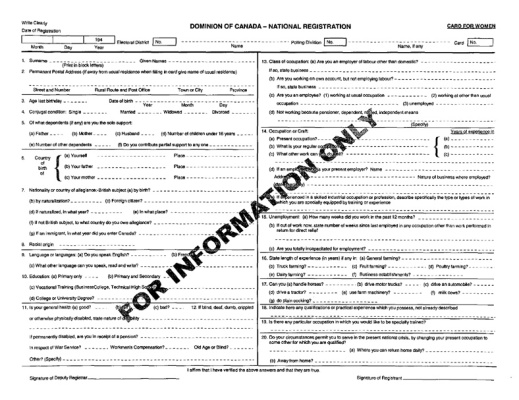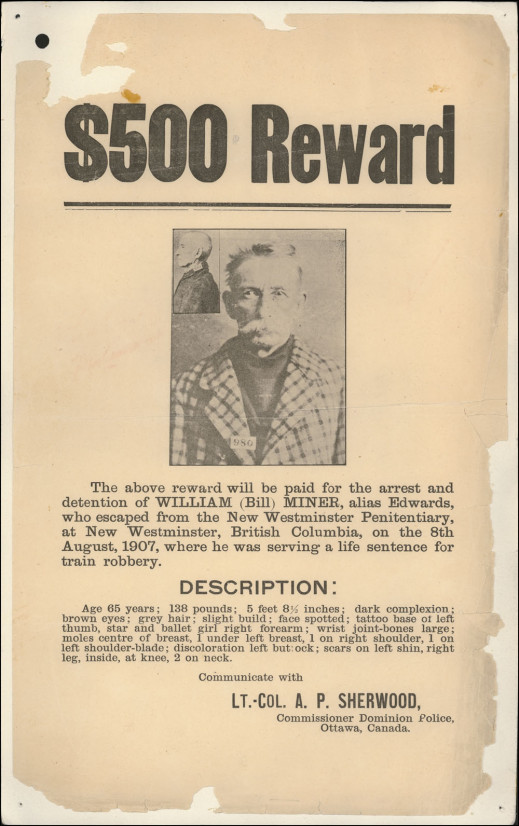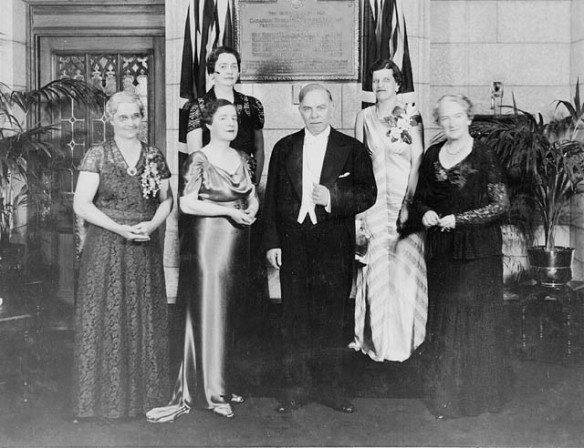By Michael Kent
Like most Canadians, my work environment has changed significantly due to COVID-19. While adapting to new protocols and working from home have transformed how I do my job, I am quite thankful that many of my tasks and goals are still accomplishable, though slightly modified. I would like to share one recent experience that I doubt would have occurred without the pandemic.
I started the COVID lockdown in March 2020 with grand goals of getting fit, taking online classes and starting new hobbies. It did not take long for these plans to give way to spending entirely too much time online. Like many people, I quickly found myself engaging in online shopping. With little else to do in my downtime, I was able to spend time searching through Kijiji, Facebook Marketplace, and Facebook buy-and-sell groups. Being the book lover that I am, I was able to track down many books that I had long been looking for.
One day I came across a free copy of the book A Descriptive Catalogue of the Bension Collection of Sephardic Manuscripts and Texts by Saul Aranov. This volume is a catalogue of a collection of Hebrew manuscripts held by the University of Alberta. I was very excited to find this book, as I had been looking for it for some time. While this text is obviously related to my work as a Judaica librarian, I was also interested in it because Aranov had previously worked for the National Library of Canada on the Jacob M. Lowy Collection, which is now my responsibility.
I sent a message expressing my interest to the woman who was giving the book away. As coincidence would have it, she remembered me from the time I spoke about the Lowy Collection to her seniors group. We quickly arranged a time for me to come and get the volume. To my surprise, she then messaged me that her husband had a Talmud that once belonged to the former Chief Rabbi of Eastern Silesia. She asked if I would be interested in seeing it, and of course I answered yes.
A couple of days later, I went to the couple’s home. While my role at Library and Archives Canada (LAC) has involved going into many people’s homes to look at rare books, this was my first such outing in the age of COVID. We all wore masks, and they had placed the Hebrew volumes for me on their large dining-room table, allowing us to keep distanced. I was very impressed with the items before me. The Talmud that the wife had messaged me about was volumes from the Berlin edition of the Babylonian Talmud published in the 1860s. I was very excited to see these volumes, as they come from a very important period in the printing of the Talmud, which is both a topic of interest for me and an area of specialization for the Lowy Collection. The couple also showed me several other items belonging to the Rabbi, including Jewish civil codes and commentaries on Hebrew scripture.
Of the various volumes in their collection, my favourite is Bet Aharon ṿe-hosafot, an 1880 work by Abraham David ben Judah Leib Lawat. This work builds on an earlier work, the Toledot Aharon (1583) by Aaron of Pesaro. These works provide a form of index to the Talmud, linking the Talmudic legal discourse to the sources in Hebrew Scripture. I am familiar with the Toledot Aharon since I have consulted it in the past while studying the Talmud, and I have always been proud of our first edition in the Jacob M. Lowy Collection. Despite my familiarity with this work, I did not know about the Bet Aharon ṿe-hosafot. It is a thrilling part of librarianship to always be learning about new things!
I was thrilled when the couple generously offered to donate the books they were showing me to the Jacob M. Lowy Collection, which was a process that also required modification during COVID. After some discussion, we settled on how LAC would physically receive the donation. The donor drove the books to our public facility at 395 Wellington Street in Ottawa. He remained in his vehicle while a member of our circulation team removed them from the trunk. The books then went into one of the storage rooms in the building, to remain in quarantine to avoid possible COVID exposure. After the quarantine period had passed, the books were taken to one of our conservators for mould inspection before we could add them to the Lowy Collection. After this inspection, I brought the books to the Jacob M. Lowy Room. This experience was without a doubt the lengthiest period of time it ever took me to bring a donation from our front door to the collection area! While it was certainly a modification to our usual methods, I was thrilled that in spite of COVID, we were still able to preserve these remarkable volumes.
When I started filling some of my free time during lockdown with online shopping, I never imagined it would lead me to acquire a collection of rare Hebrew books for LAC. While the process required some adjustment because of the pandemic, I am proud of our ability to continue to acquire and preserve history.
Michael Kent is curator of the Jacob M. Lowy Collection at Library and Archives Canada.



![On the left of the graphic, Tatânga Mânî [Chief Walking Buffalo] [George McLean] in traditional regalia on horse. In the middle, Iggi and girl engaging in a “kunik”, a traditional greeting in Inuit culture. On the right, Maxime Marion, a Métis guide stands holding a rifle. In the background, there is a map of Upper and Lower Canada, and text from the Red River Settlement collection.](https://thediscoverblog.files.wordpress.com/2019/02/blog-banner.jpg?w=584)









![On the left of the graphic, Tatânga Mânî [Chief Walking Buffalo] [George McLean] in traditional regalia on horse. In the middle, Iggi and girl engaging in a “kunik”, a traditional greeting in Inuit culture. On the right, Maxime Marion, a Métis guide stands holding a rifle. In the background, there is a map of Upper and Lower Canada, and text from the Red River Settlement collection.](https://thediscoverblog.files.wordpress.com/2019/02/blog-banner.jpg?w=519&h=142)
























